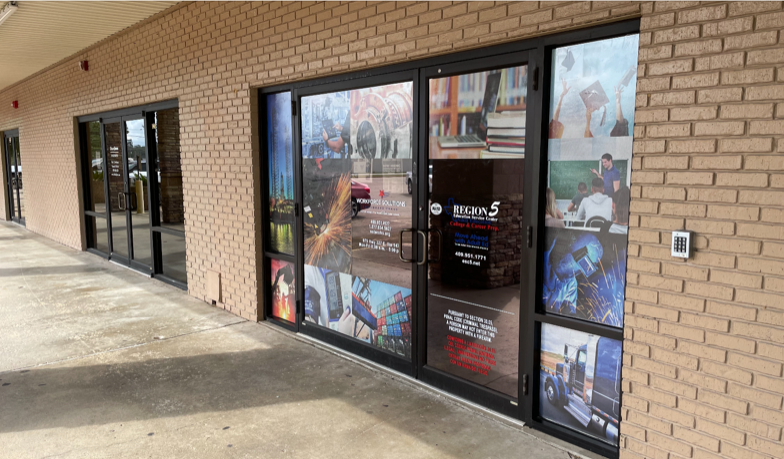Youth Pathways
Pick your path. Check out these 5 ways to get your career going.
Some people fall into a great job. For others, landing a good job, much less a great career, takes a little more effort. The good news is, there are a variety of paths you can take to find the future you’re looking for. From college to on-the-job training, there’s something for everyone.
To help get you started, take a look at the five most common career paths you can take after leaving school.
Four-Year College or University
If your interests lean toward science, medicine, engineering, or the law, you’ll need a four-year degree. You’ll also need commitment – from applying for admission, scholarships and student loans to staying the course with another four years of education. That said, a college degree can be a wonderful springboard to an especially rewarding career.
Two-Year Tech School or Community College
An excellent alternative to universities, two-year schools offer degrees, certifications, and career training in a wide variety of high-demand industries including energy, healthcare and technology. The main benefits of this path are that you’re more focused on your area of interest, the cost is much less than a university, and you’re not locked into a massive time commitment. You can be out and earning a living in just a couple of years.
Apprenticeships
More and more industries are now offering apprenticeship programs to develop the workforce they need. This can be an exciting career path to explore because, in addition to the range of in-demand jobs offered in industries such as transportation, manufacturing, construction, information technology and energy, these are earn-as-you-learn opportunities. You are actually paid to learn new skills and there’s a well-paying job waiting at the end of the program.
Military
Each branch of the military offers a range of solid job opportunities, skills and technical training that can greatly benefit your future career prospects. What’s more, you have the opportunity to take advantage of college scholarship funds after your service for even more educational and career advancement options.
Getting Right to Work
Last, but not least, you can simply start working right away. Entry-level jobs often pay lower wages but are a good alternative if you’re still trying to figure out your next step, gain work experience or save money for college or other needs. Advancement and long-term growth are usually limited, but it’s also not a dead end. Many career seekers work in retail, service, or other jobs that don’t require special training while they attend college or work on other job training. Getting straight to work is a great first step that can lead in many highly successful directions.
Whether you’ve just finished school, or you’ve been out a while, one of these five paths can lead you to a solid career with long-term potential. Be sure to explore all the free resources available to you on our website. You’ll find job postings and career planning tools along with interview tips, and more. We’re here to help guide you every step of the way.
You can get in touch with us by calling 1.877.834.5627, or visit one of our four local Workforce Centers in Beaumont, Port Arthur, Orange, or Silsbee.



